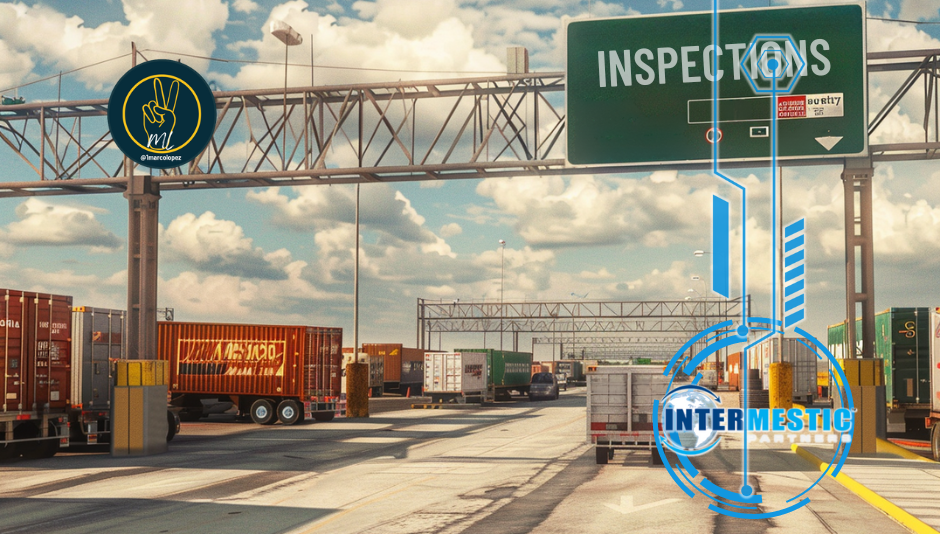
The United States-Mexico-Canada Agreement (USMCA), which replaced NAFTA in July 2020, reshaped the trade landscape among the three countries. However, the potential for US-Mexico trade extends far beyond this framework. As a former mayor of a border city in Arizona, Director of the Arizona Department of Commerce, Chief of Staff at US Customs and Border Protection, and now CEO of Intermestic Partners, I've seen firsthand the evolving dynamics of cross-border trade and development.
Opportunities in US-Mexico Trade
US-Mexico trade is a cornerstone of the global economy, with goods and services trade valued at $614.5 billion in 2019. Beyond USMCA, the technology sector presents significant growth potential. As digital transformation accelerates, opportunities for tech goods and services trade between the US and Mexico expand.
Policy changes can also unlock new avenues. Evolving trade agreements may lead to relaxed regulations and additional financial resources for specific sectors. The rise of cryptocurrencies could further simplify cross-border transactions, reducing fees and mitigating forex risks.
Challenges in US-Mexico Trade
Despite these opportunities, challenges persist. Economic disparities between the US and Mexico complicate policy negotiations and burden importers and exporters. Political shifts and changes in immigration policies can disrupt trade processes and affect labor availability.
For instance, Mexico's emerging tech market offers promising opportunities for US tech firms. However, understanding Mexican market norms, legal requirements, and intellectual property protections is crucial. In the automotive industry, USMCA's higher wage rules for workers necessitate supply chain reassessments and production cost adjustments.
Success Stories and Setbacks
The manufacturing sector, exemplified by maquiladoras, showcases successful US-Mexico trade. These factories import machinery and raw materials from the US, manufacture products in Mexico, and export them back, leveraging lower labor costs.
Conversely, US corn farmers face challenges as Mexico aims for self-sufficiency in corn production and bans genetically modified corn imports. This highlights the risks of relying on a single trade partner and the need for diversified strategies.
Recommendations and Future Outlook
Compliance with regulations, understanding economic disparities, and preparing for political changes are essential for success. Businesses should adopt robust strategies to navigate political risks and maintain strong local relationships.
Trade between the US and Mexico is likely to grow, driven by geographical proximity and historical ties. However, the complexity of the trade environment will increase due to factors like technological advancements, climate change, and geopolitical shifts. Adaptability and innovation are key to thriving in this evolving landscape.
Conclusion
While USMCA provides a framework, businesses must stay agile and innovative to capitalize on US-Mexico trade opportunities. Intermestic Partners, with its expertise in cross-border trade and development since 2011, invites collaboration to navigate these complexities. Together, we can shape a prosperous future for US-Mexico trade, fostering strong bilateral ties and mutual growth.
For more information on how Intermestic Partners can assist your business in navigating US-Mexico trade opportunities, visit our website.
.png)
Comments